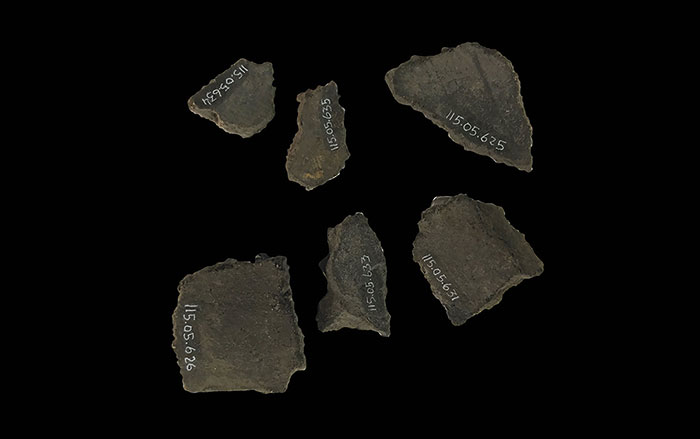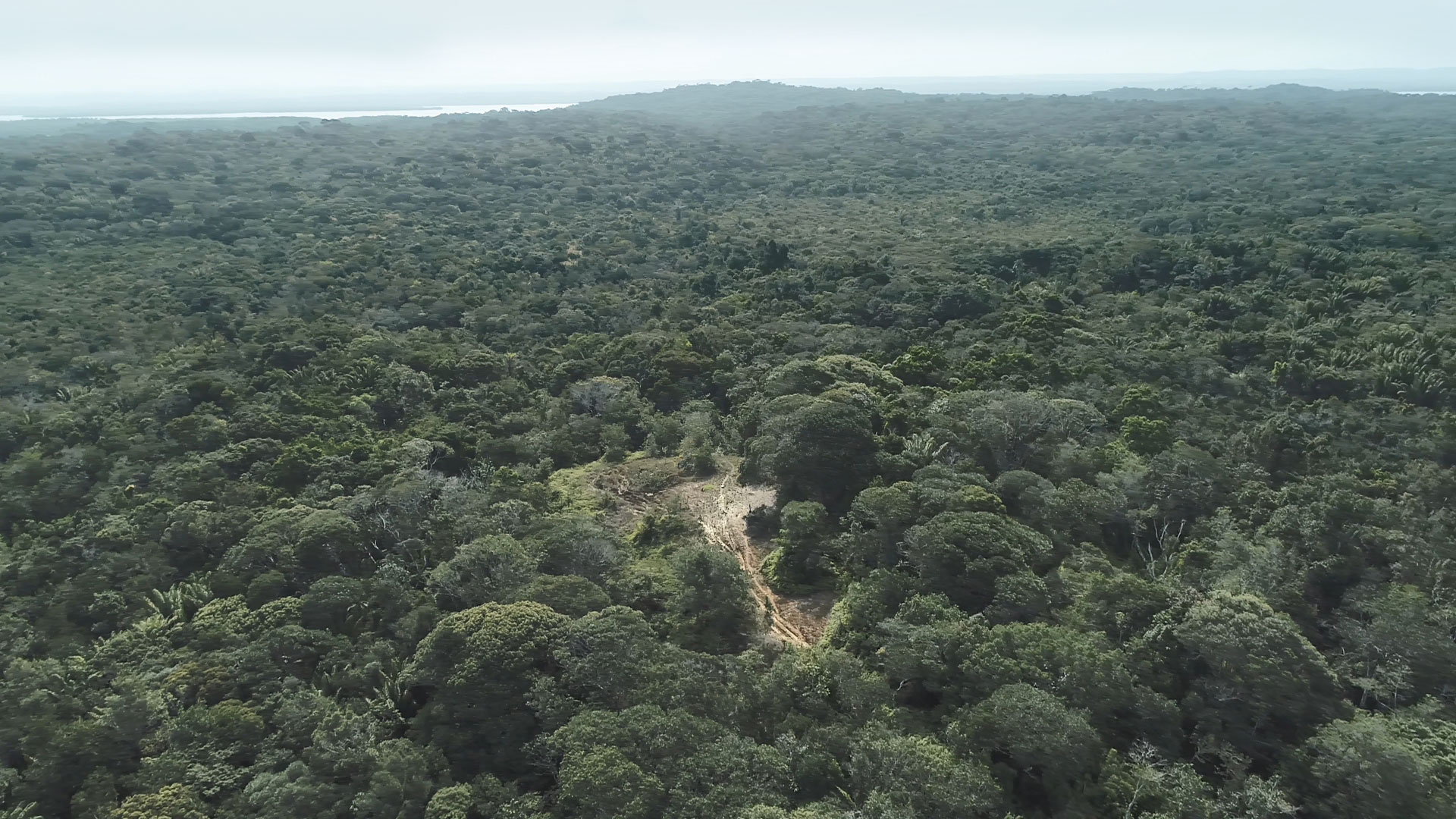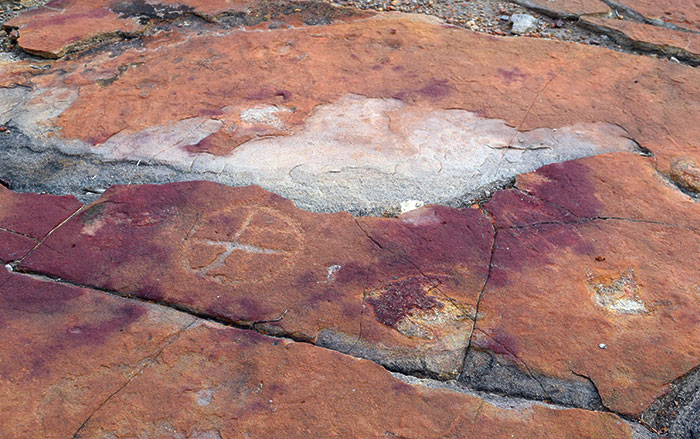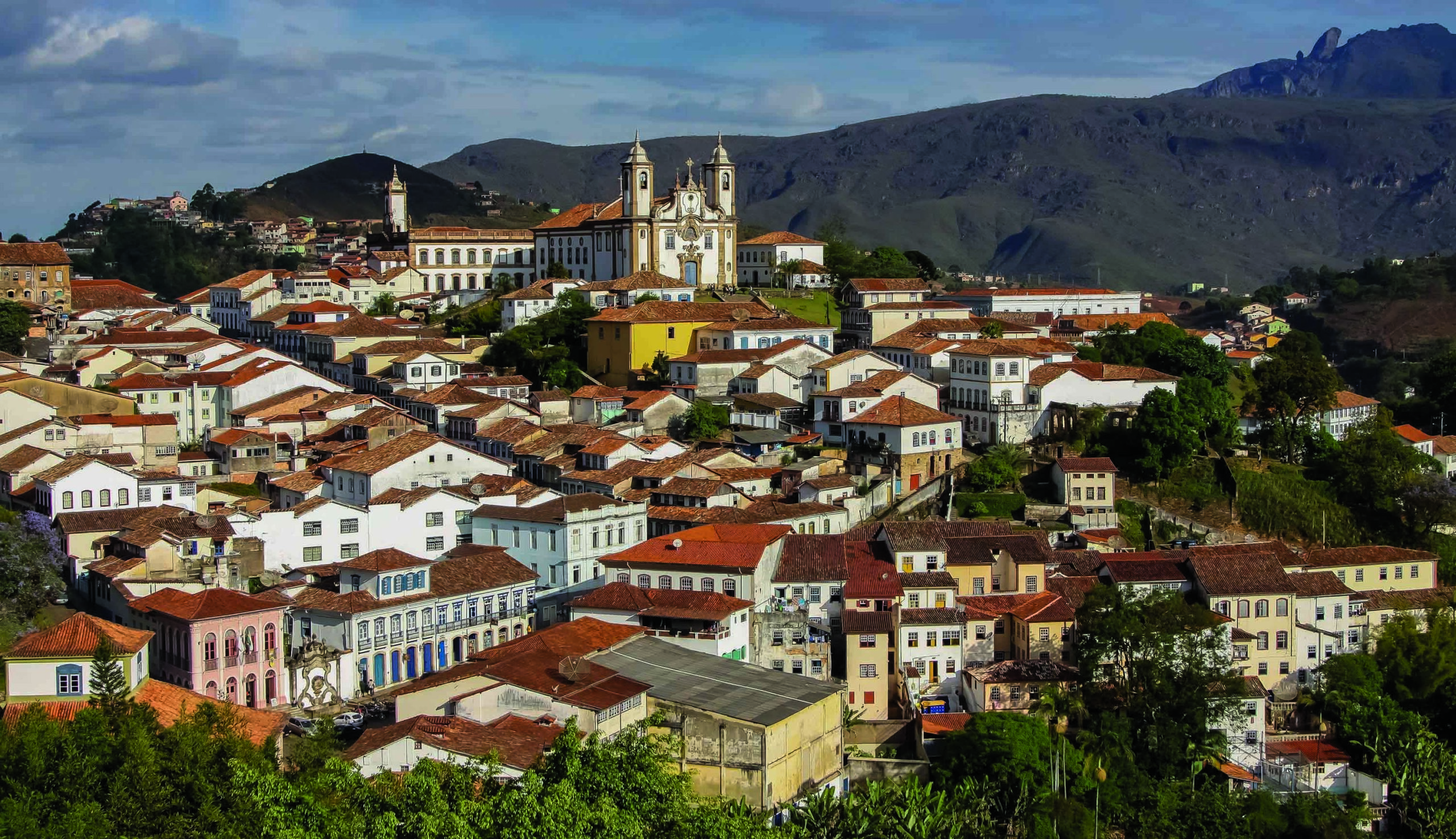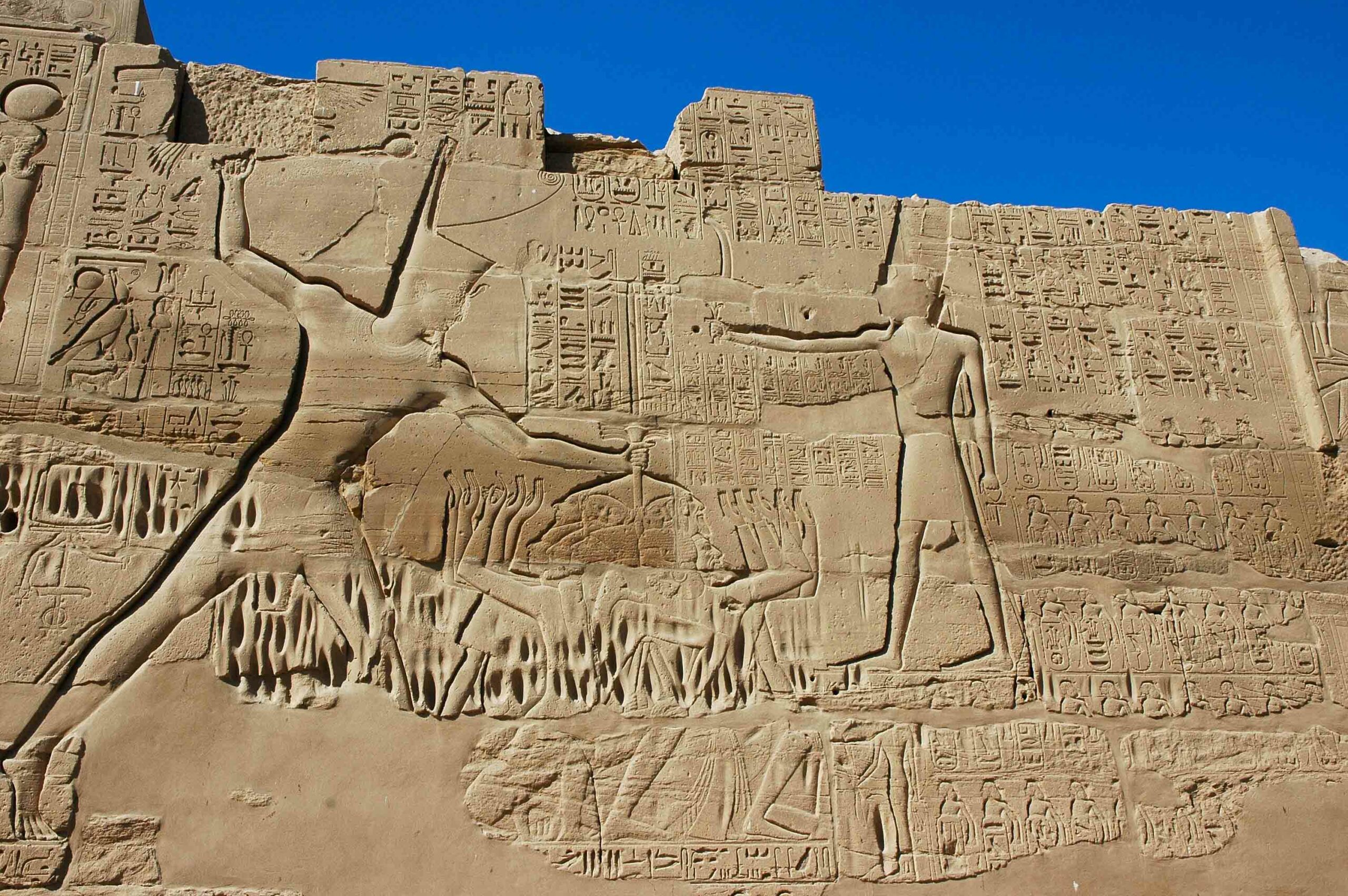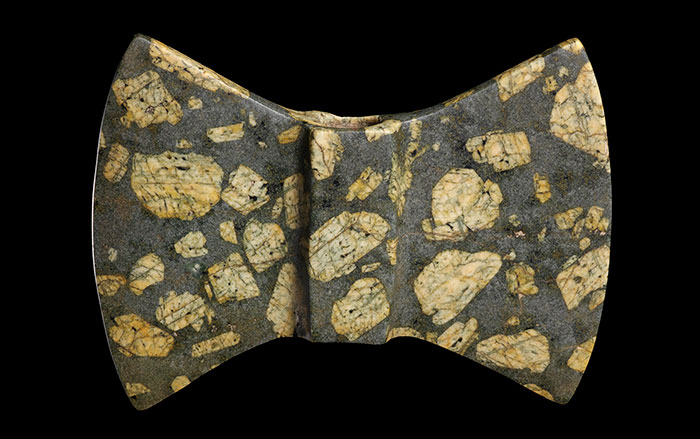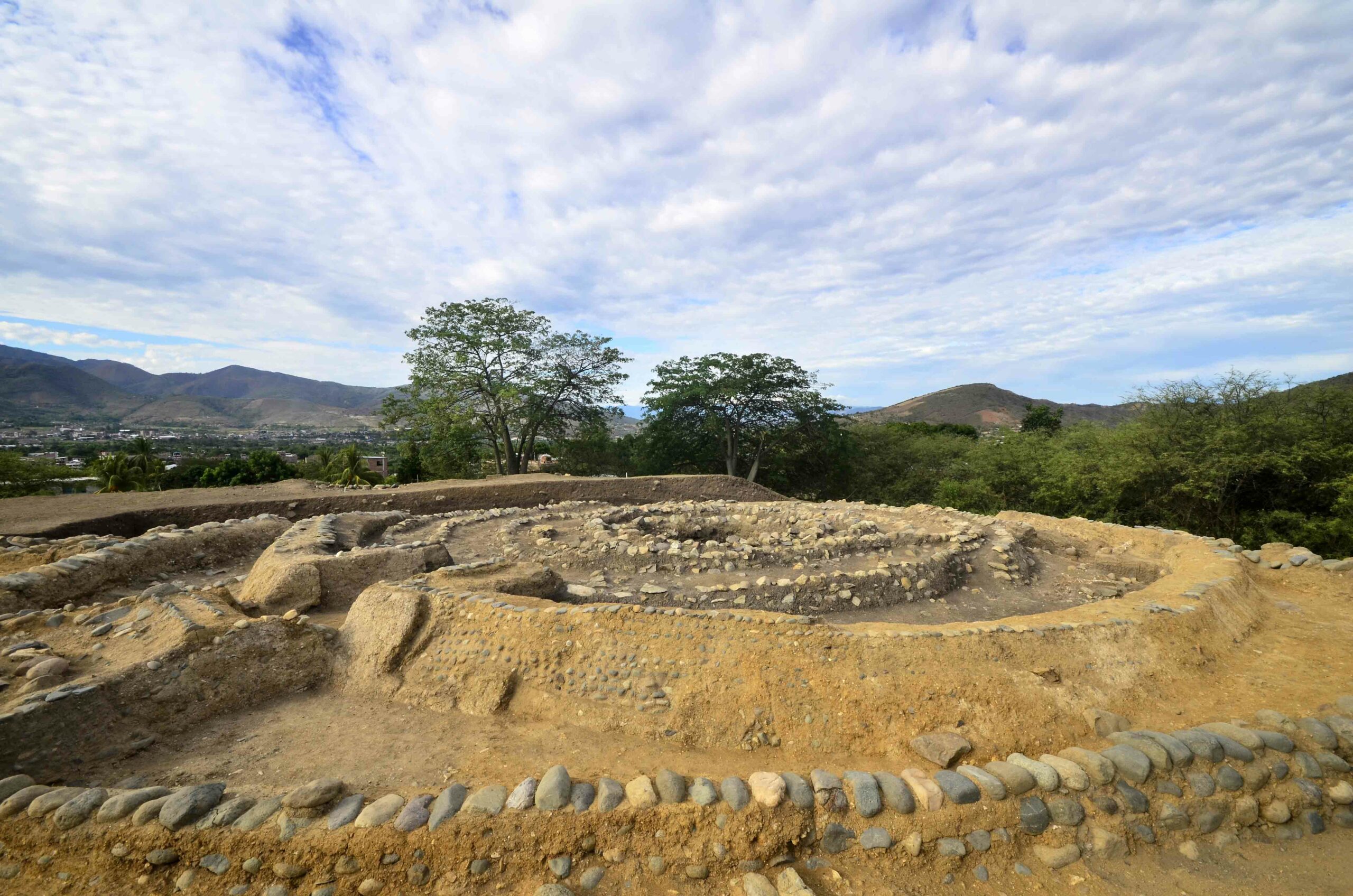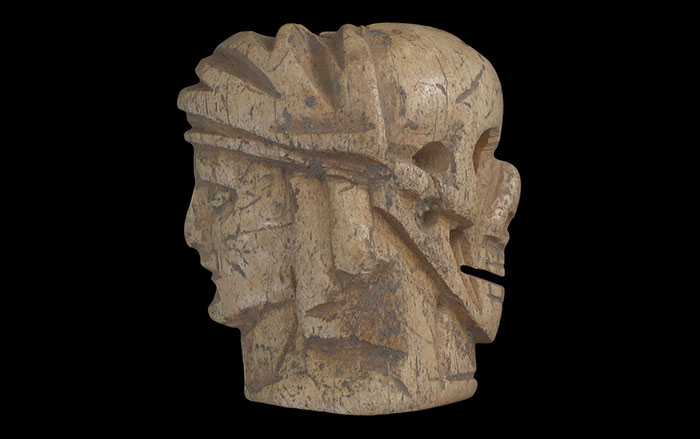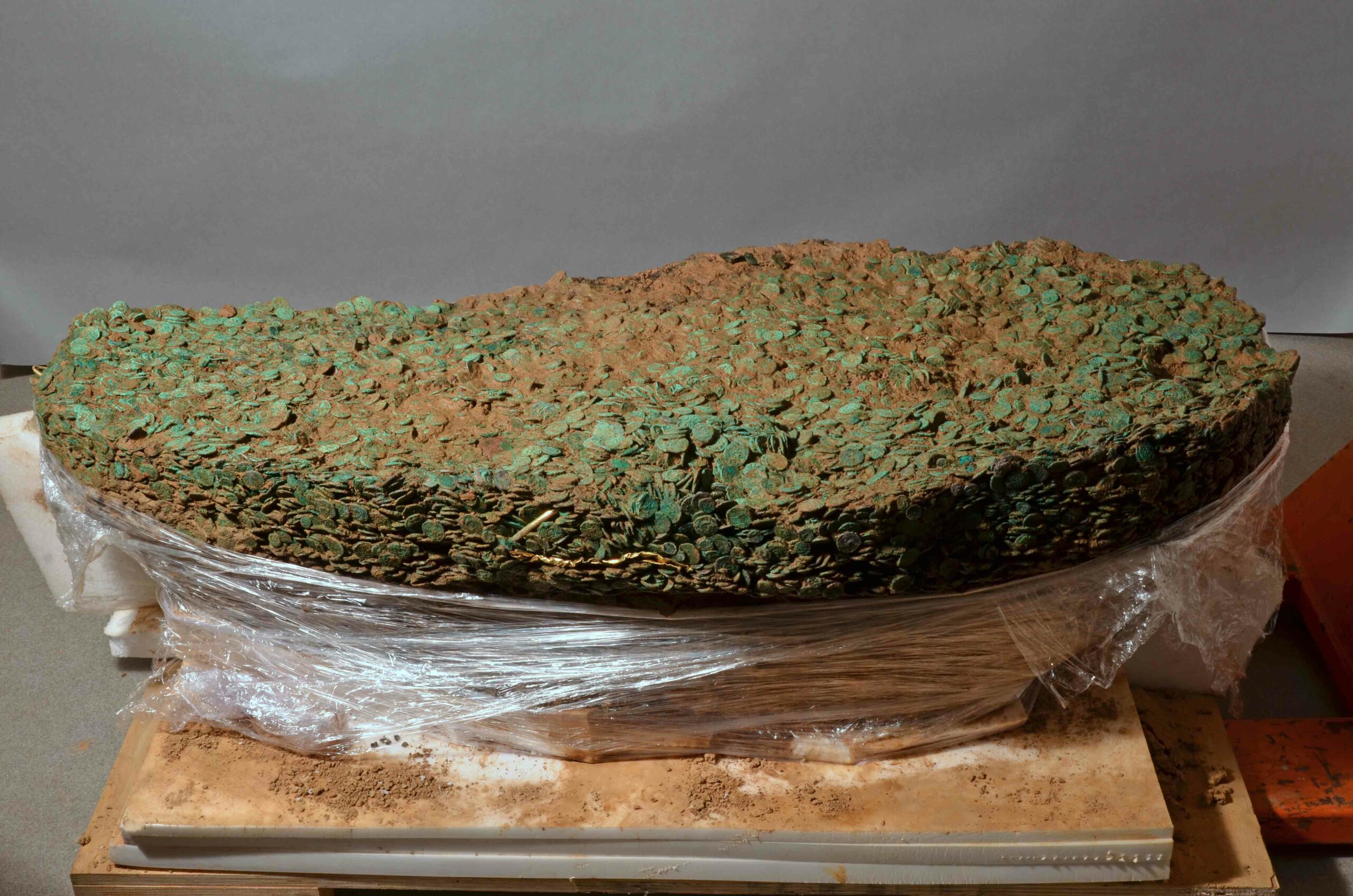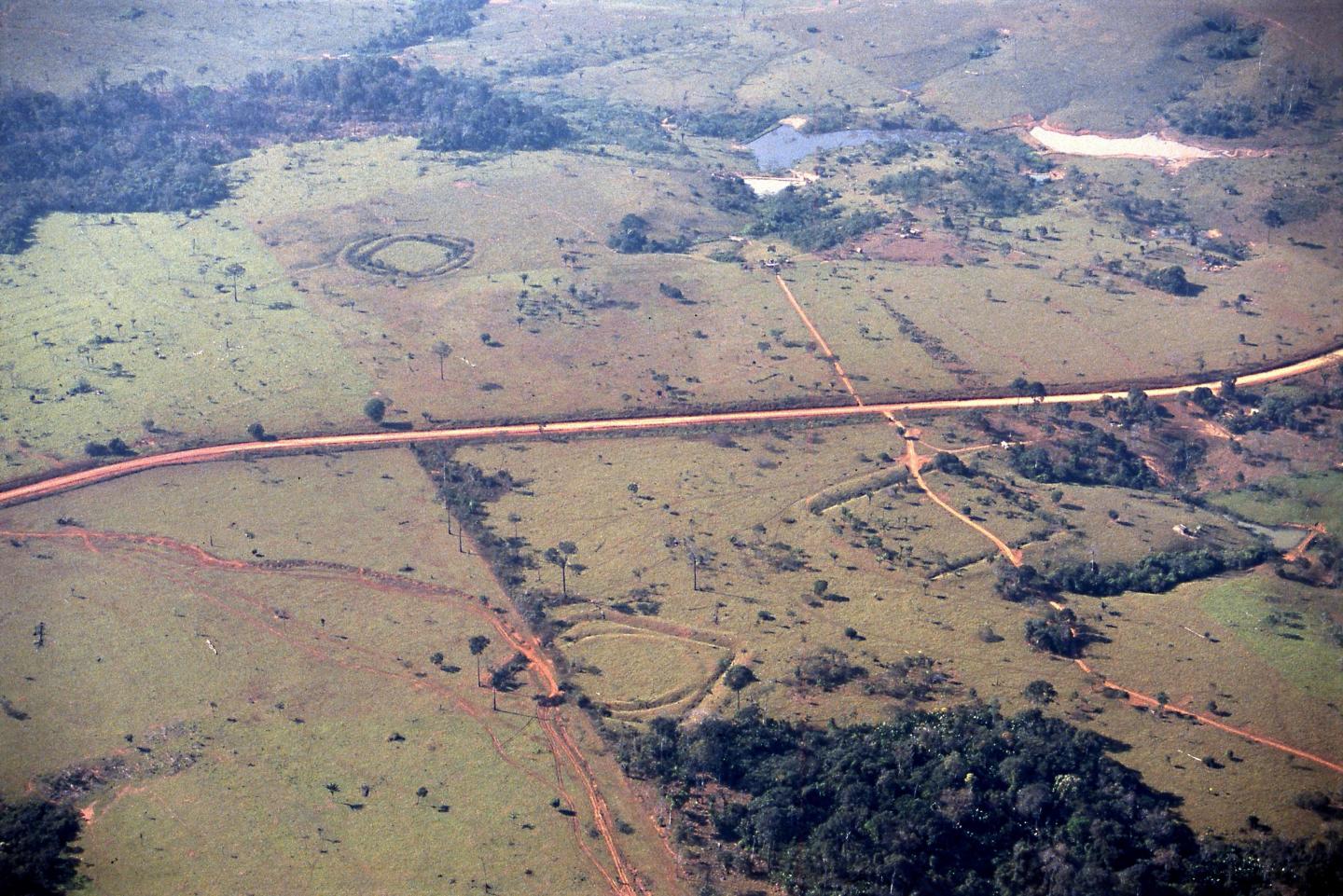
HELSINKI, FINLAND—It had been previously thought that Amazonia was populated by small hunter-gatherer societies who left little trace in the dense forest. But Pirjo Kirstiina Virtanen of the University of Helsinki has been studying large earthworks in Brazil that were built by the ancestors of the Apurina and Manchineri peoples as early as 3,000 years ago, according to a report in The International Business Times. Virtanen’s consultation with the Apurina and Manchineri suggests the structures were related to the changing pathways of the sun and moon. Along these pathways, people could communicate with animals, departed spirits, and celestial bodies. “What is important here is that the indigenous perspective is key,” Virtanen said. Some of the geoglyphs were used continually, and some used at different stages of life, such as puberty. The forms of the earthworks could also have meaning, such as the strength of the shape a square, and its connection to the four cardinal directions. When the sites were abandoned, they were swallowed by the forest, or houses and farms were built in them and around them. “The ancestral people here didn’t use stones or other materials, they simply moved the land,” Virtanen explained. For more on archaeology in South America, go to “A Life Story.”


